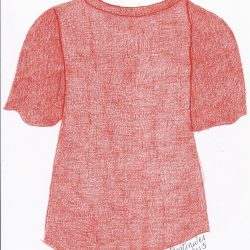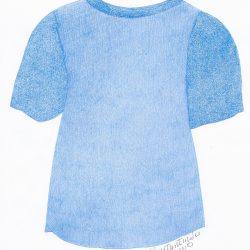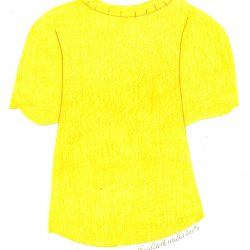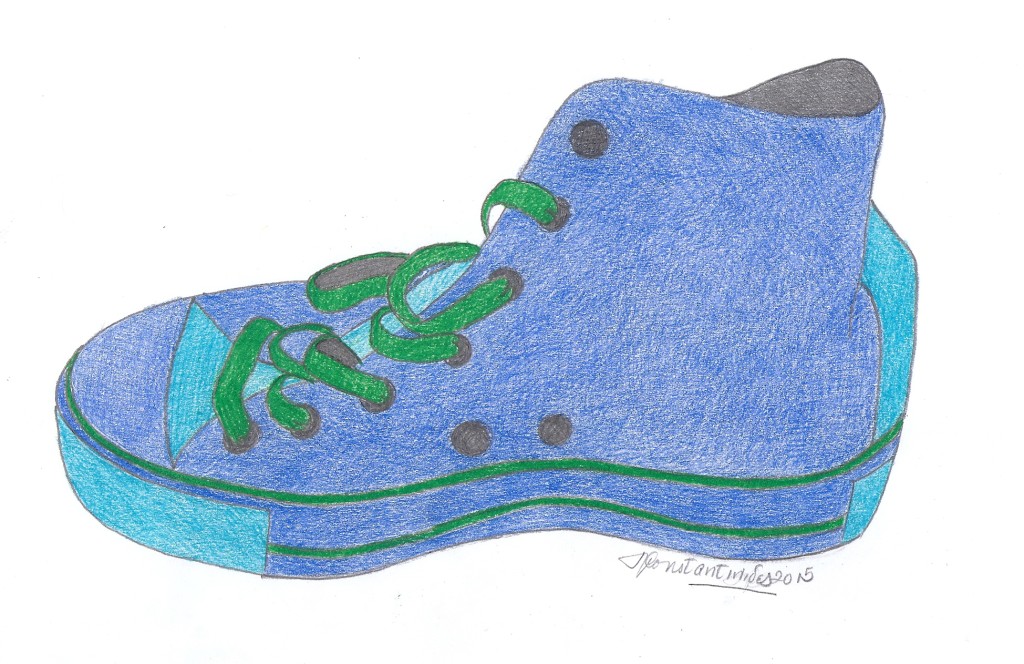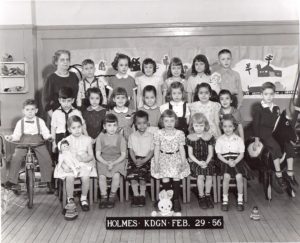Just Loved Reading:
My America: An American Spring, Sofia’s Immigrant Diary, Book Three
Middle Grade Novel
Lasky, Kathryn. My America: An American Spring, Sofia’s Immigrant Diary, Book Three. New York: Scholastic, Inc., 2004.
“Keep, ancient lands, your storied pomp!” cries she
With silent lips. “Give me your tired, your poor,
Your huddled masses yearning to breathe free,
The wretched refuse of your teeming shore.
Send these, the homeless, tempest-tost to me, Not like the brazen giant of Greek fame,
With conquering limbs astride from land to land;
Here at our sea-washed, sunset gates shall stand
A mighty woman with a torch, whose flame
Is the imprisoned lightning, and her name
Mother of Exiles. From her beacon-hand
Glows world-wide welcome; her mild eyes command
The air-bridged harbor that twin cities frame.
I lift my lamp beside the golden door!”
EMMA LAZARUS
In An American Spring, the heroine of Kathryn Lasky’s three-part story of immigrant Sofia Molinari continues to learn about her adopted country.
Sofia is in fifth grade. Miss Burnet, her second grade teacher, is her teacher once again. Sofia’s best friend, Maureen, an immigrant from Ireland, lives with Sofia’s family and attends Miss Burnet’s class, too.
Sofia and Maureen dress up for Halloween (as tomatoes) and celebrate Thanksgiving for the first time. They and Sofia’s older sister, Gabriella, meet the wealthy and elegant Isabella Stewart Gardner when Gabriella is hired to sew a ball gown for her.
Mrs. Gardner is a kind employer. She arranges for a private hospital room when Isabella falls gravely ill and provides the turkey and all the trimmings for the Molinari family’s Thanksgiving.
But most exciting of all is the assignment Miss Burnet gives them in honor of Patriot’s Day (April 19th). Miss Burnet sends her fifth grade class on a Freedom Treasure Hunt. Each child is provided with a map and riddles and has to locate landmarks of the American Revolution. “You see,” Sofia writes in her diary,” Boston is where it all began.”
WHY I LOVED READING THIS BOOK:
Sofia is a spunky character which makes it easy to relate to her and her adventures in America. She is infectiously excited about her experiences in her adopted country whether it’s dressing up as a tomato for Halloween and letting ghost stories get the better of her or visiting Isabella Stewart Gardner’s “palazzo.”
The third series is thin in its plotting – Gabriella’s illness is the climax of the novel and is followed by the Freedom Treasure Hunt which feels anti-climactic. The lighting of the lantern on Patriot’s Day and Sofia and Maureen’s new found patriotism is the end of Sofia’s story but the reader expects – and wants – more.
Further Reading:
The Statue of Liberty and Ellis Island:
https://www.libertyellisfoundation.org
https://www.libertyellisfoundation.org
Italy:
www.italia.it
Like this:
Like Loading...

